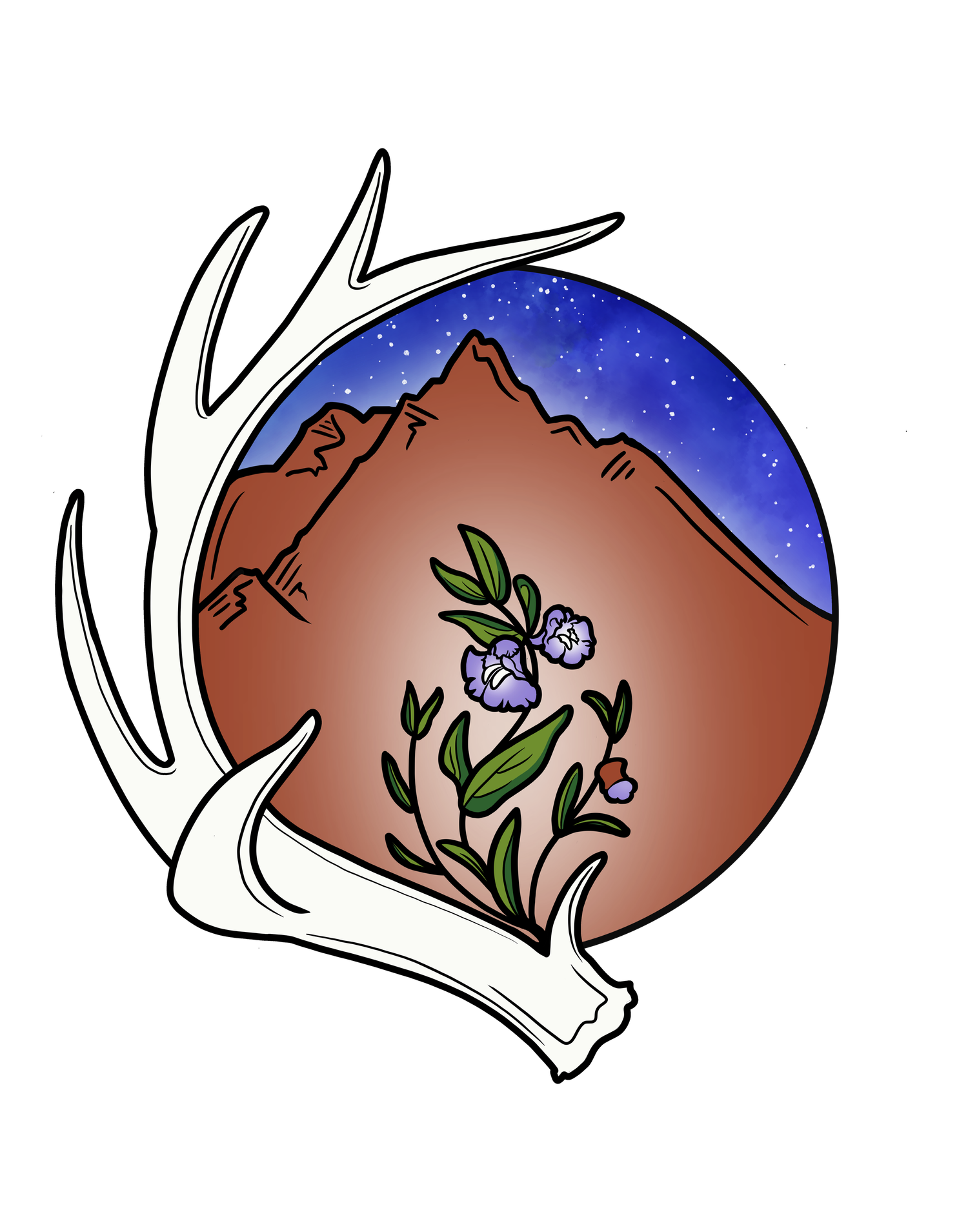Fabulous Flower Forms: The Sequel!
More Botanical Geekery!
But before we go on, a little recap.
We left off in our last blog on spikes and racemes. As a reminder, spikes are a flower type were the flowers come directly off the main stem of the plant, with no mini-flower stem in between (Mullein, etc.). Racemes are similar, but when they come off the stem they do have a mini-flower stem, called a pedistil (Foxglove, lupines, etc.).
Onto new terms!
Aesculus hippocastanum, Horsechestnut. A delightfully colored example of a Panicle.
Panicle
From raceme it’s just a small jump to panicle. This is when the flower stems have stems. Take a bunch of racemes, and put them on multiple branches, and you have a panicle. Since it’s basically just racemes all put together, it’s another case of the flowers blooming from bottom to top. Look closely and you’ll see that Lilacs, Elderberry and Horse Chestnut are all panicles.
Achillea millefolium, Yarrow. That general pattern of stems on stems makes this an almost ideal instance of a Corymb.
(A note for the really dorky out there: Yarrow is technically in heads, as it is in the Asteraceae family. But it 's overall shape is a perfect corymb, so I am doing what many botanist professors have done before me, and going with it.
Corymb
From the Greek koburumus, meaning ‘bunch of flowers’. I know, this sounds awfully vague. This is pretty much a panicle, only with the flowers all coming to a flat top instead of a loose blobular deal. Yarrow, Boneset, and Hawthorn are all examples.
The beautifully curled flower of Symphytum officinale, Comfrey, of the Boraginaceae Family. This fuzzy little thing is called a Scorpiod Cyme. Note the flowers are blooming from the top down.
Cyme
This comes from the French word cime, meaning ‘top/summit’. This one is a bit more capitalist, as the flowers on cymes essentially bloom from the top down. The basic cyme is pretty straightforward (St. John’s Wort and gentian are examples). From there though, it is divided into numerous other types. My favorite, and probably the easiest to remember, is the scorpiod cyme. ‘cymose’ (read; cyme-like).Looking like a fuzzy, curled scorpion tail, Comfrey and Borage are fun examples of these. Sometimes flowers are also put under the heading
Allium aflatunense, a type of ornamental flowering onion. Note all of the stems meeting at one central point, a sure sign of an Umbel.
Umbel
One of the easiest to remember. From the Latin umbra for ‘shadow’, these are essentially little umbrellas flipped inside out. More technically speaking, an umbel is an inflorescence where the flower stems all come from the same point, and create a flattened or rounded top. There are generally 2 types of umbels. Imagine the spokes of an umbrella. If there are flowers at the end of the spokes, that is called a simple umbel. Onion, garlic, and milkweed are all examples. If there is another set of tiny umbrellas at the end of the spokes, that is called a compound umbel (those tiny sets of umbrellas are called ‘umbelletes’. Cute, I know:) Queen Anne’s Lace, Poison Hemlock and parsley are all examples.
Mix and Match
From all these inflorescence types, there are numerous variations. Compound corymbs, heliod cymes, vertilicaster, and other even more improbable sounding names. There are also a few genus specific flower types, such as cyathium, the flower type for Euphorbia.
But by and large, flower types are some combination of the above. The best way to learn these of course, is to get out there and get your hands on some flowers! Enjoy!
How to Learn More
Come to one of our Wild Edible and Medicinal plant walks, or an Introduction to Herbalism Class.
OR
Follow us on Facebook. We are always posting new info on plants, medicine, and links to cool videos and articles.




